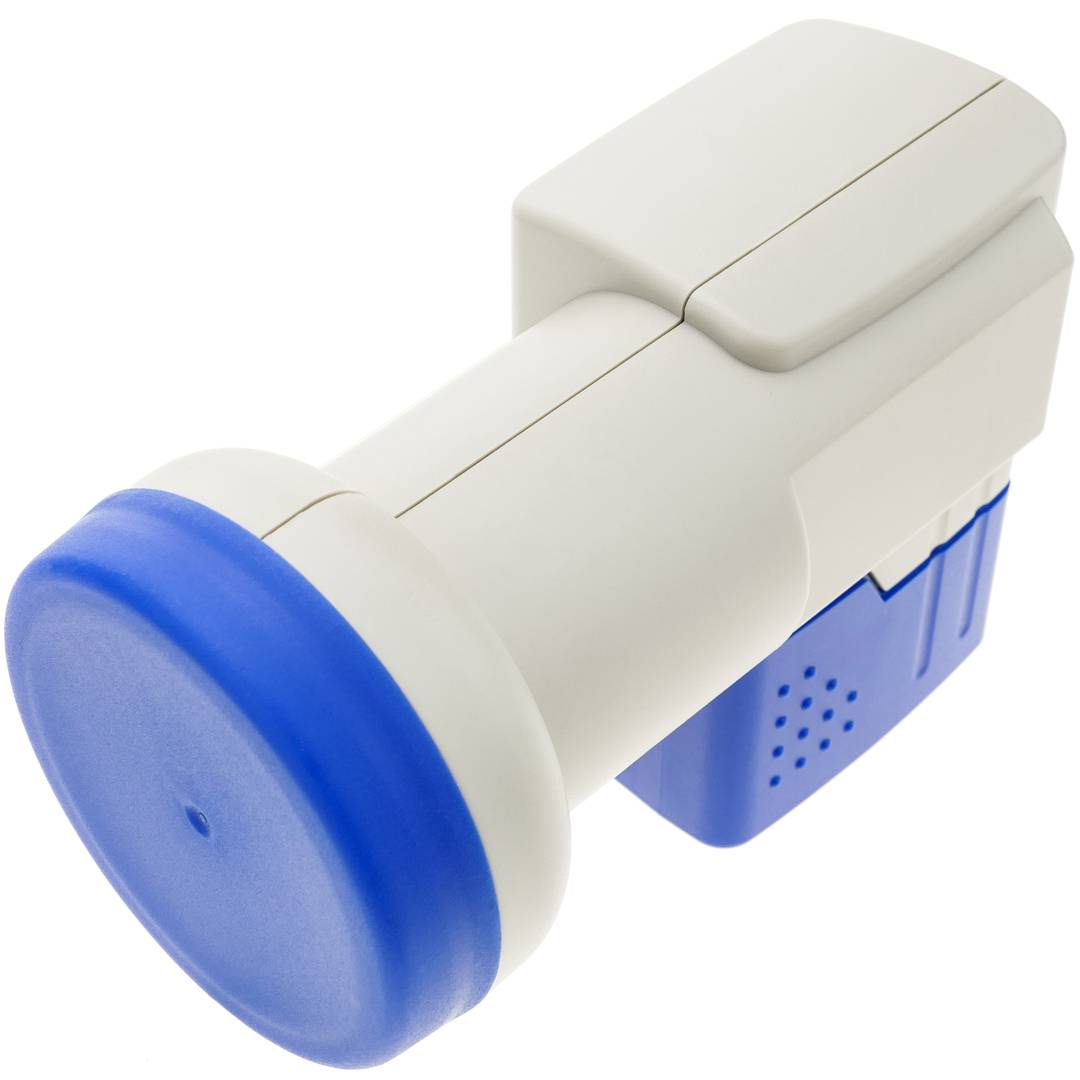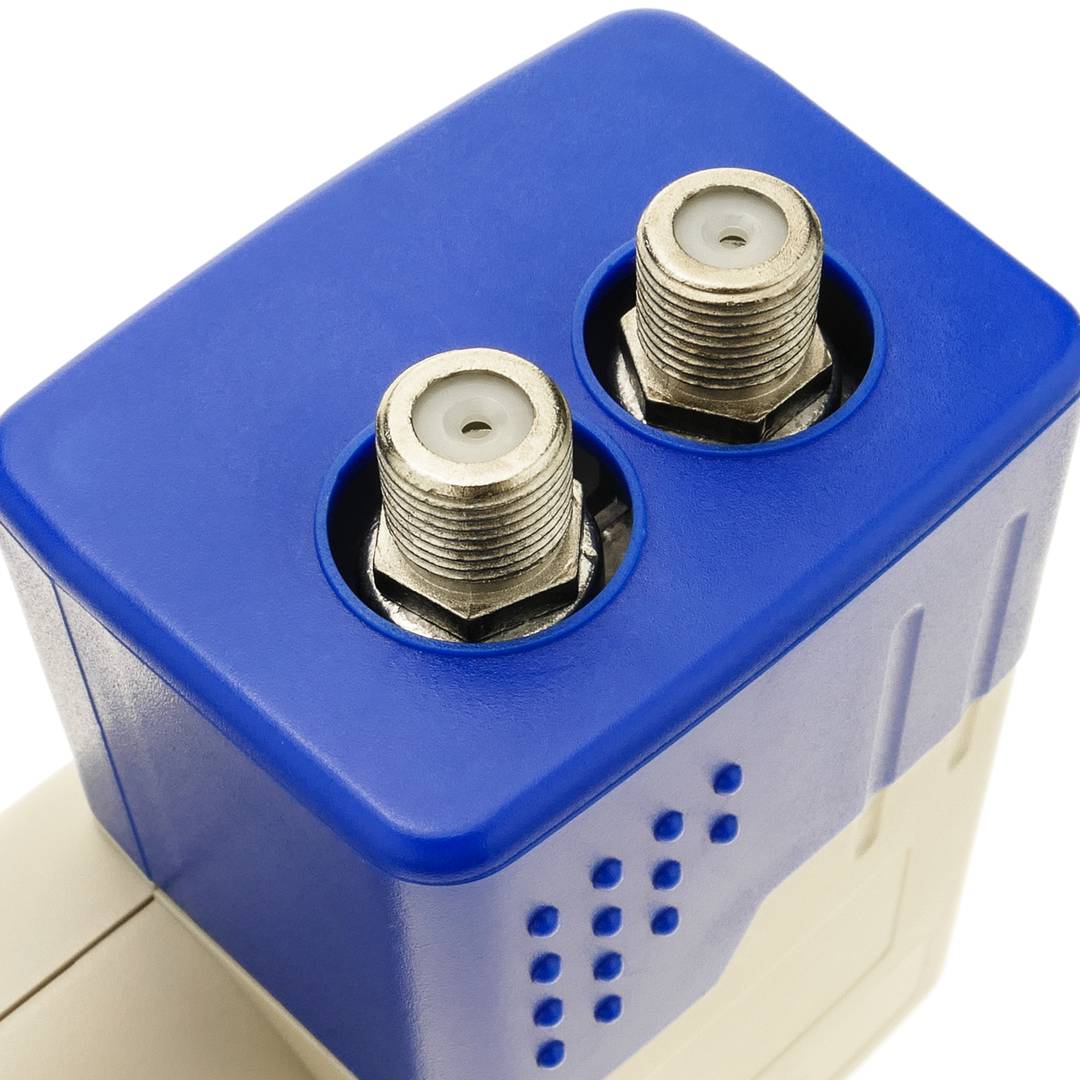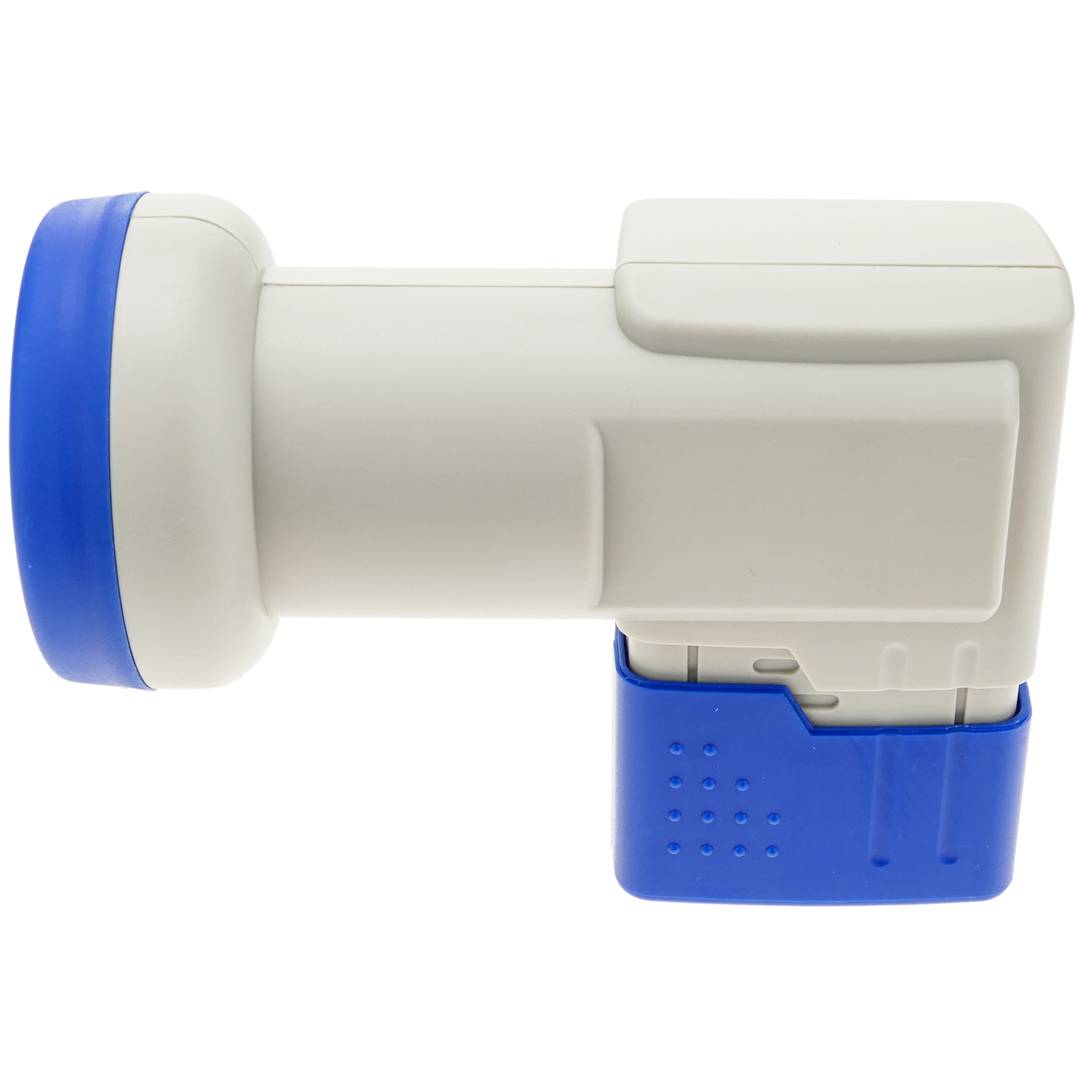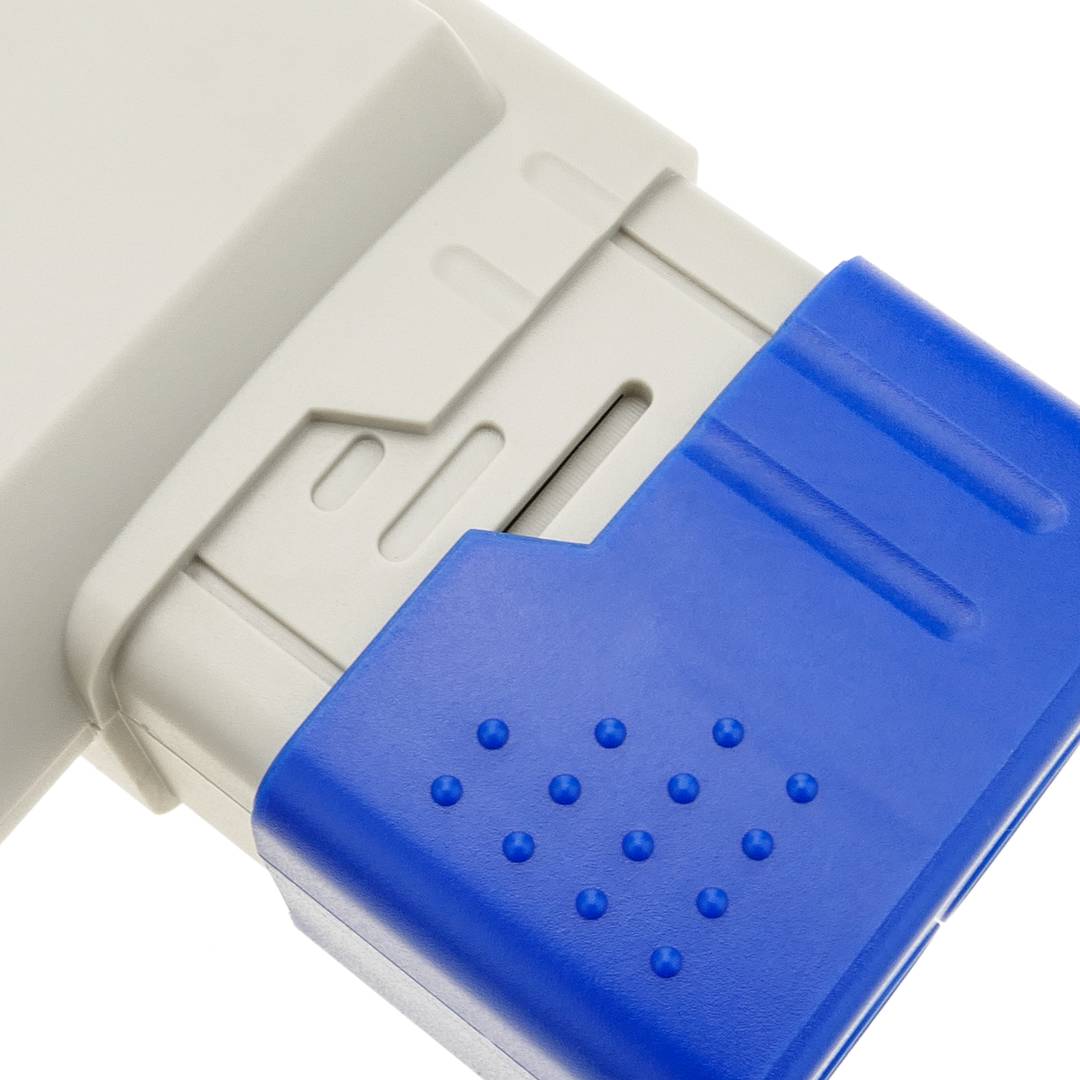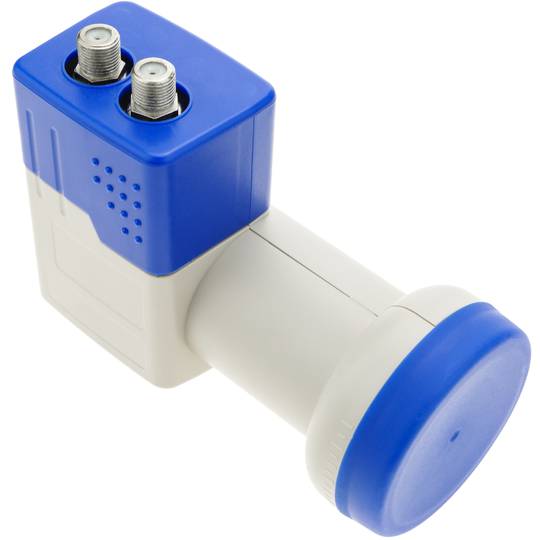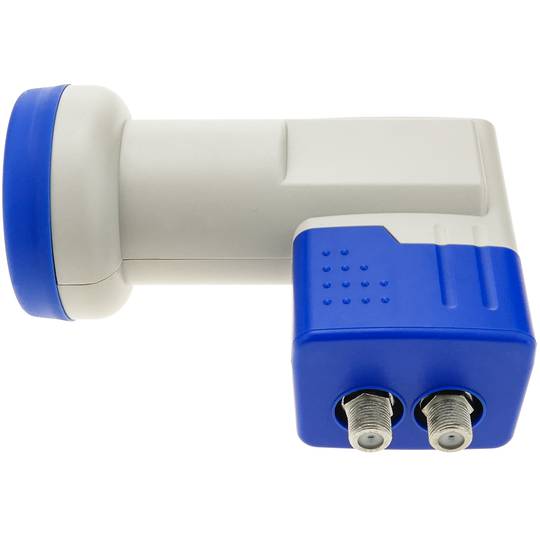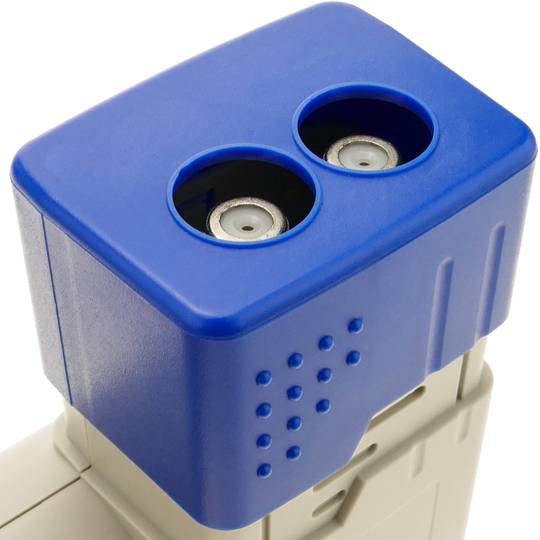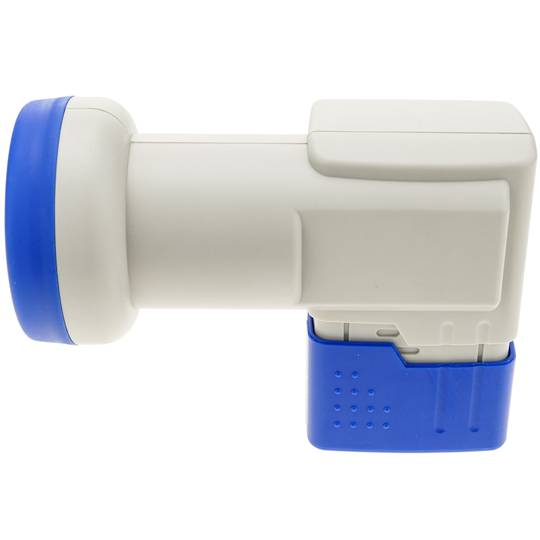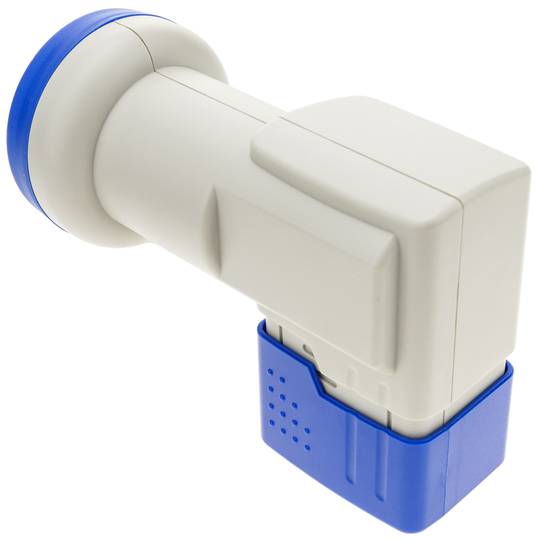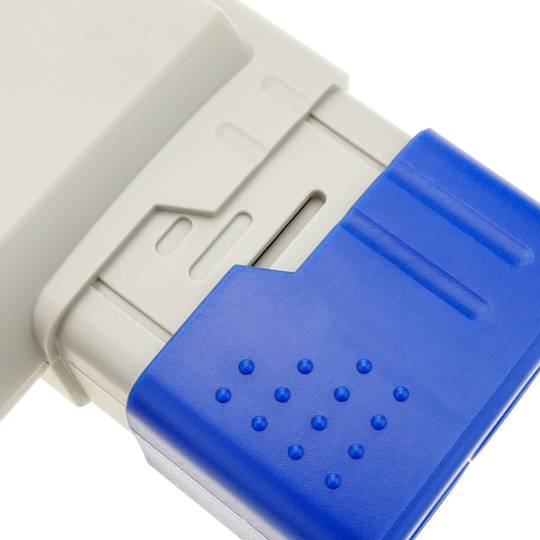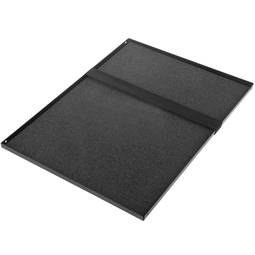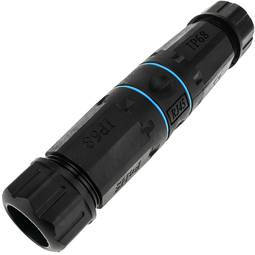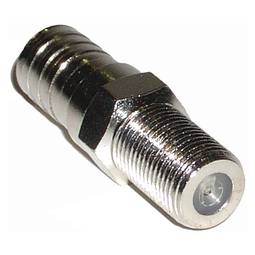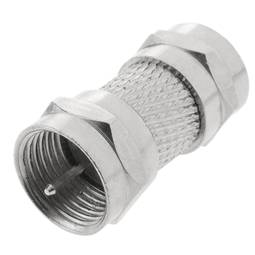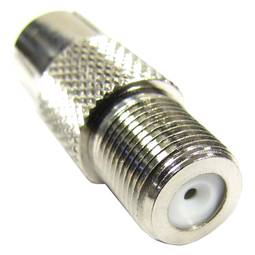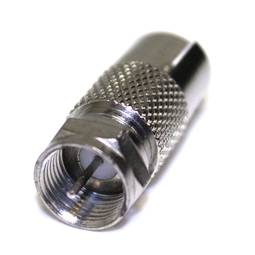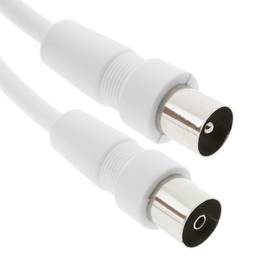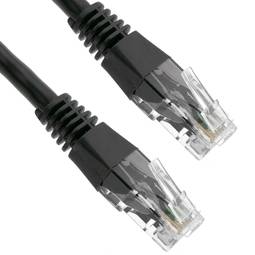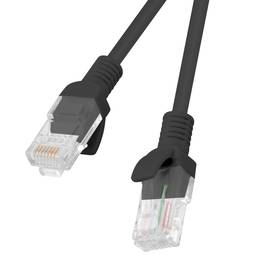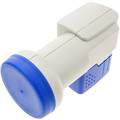11/02/2025 5:50 p.m.
https://cablematic.com/en/products/double-lnb-converter-57mm-for-satellite-dish-TF093/
https://cablematic.com/en/products/double-lnb-converter-57mm-for-satellite-dish-TF093/
Double LNB converter 57mm for satellite dish
REF: TF093
Specifications
- Input frequency: 10.7 - 12.75 GHz.
- Output frequency: 950 - 2150 MHz.
- Local oscillator frequency: 9.75/10.6 GHz.
- Local oscillator tolerance: 2 MHz (-30? ~ + 60?).
- Conversion gain: 62-65 dB (Typ).
![play_button]() Watch video
Watch video
More info
PVP
€7.62
Price including VAT:
€7.62
PVD
€6.70
PVP: Retail price.
Check conditions.
PVP: Sale price to distributors.
Check conditions.
Immediate delivery
The delivery times are approximate and may vary depending on the selected carrier.
warranty
returns
safe
Specifications
- Input frequency: 10.7 - 12.75 GHz.
- Output frequency: 950 - 2150 MHz.
- Local oscillator frequency: 9.75/10.6 GHz.
- Local oscillator tolerance: 2 MHz (-30? ~ + 60?).
- Conversion gain: 62-65 dB (Typ).
More info
LNB (Low Noise Block) converter to be installed in a satellite dish. Only the LNB module is supplied, which has two female connectors "F".
Specifications
- Input frequency: 10.7 - 12.75 GHz.
- Output frequency: 950 - 2150 MHz.
- Local oscillator frequency: 9.75/10.6 GHz.
- Local oscillator tolerance: 2 MHz (-30? ~ + 60?).
- Conversion gain: 62-65 dB (Typ).
- Gain flatness: -1dB/36 MHz, -60dBc/1 KHz.
- Phase noise: -85dBC/10 KHz, -100dBC/10 KHz.
- Noise figure: 0.3 dB (Typ).
- Cross polarization 20dB (Typ).
- Polarity switching voltage: 12-18 VDC.
- Intensity:? 210 mA.
- Operating temperature: -40? ~ +60 ?.
- Gross Weight: 140 g
- Product size (width x depth x height): 4.5 x 11.5 x 9.2 cm
- Number of packages: 1
- Packages size: 11.5 x 8.5 x 6.0 cm
Technical terms
- Hz
- VDC
Hz
One hertz is one cycle per second, meaning repeating cycle as an event. For example, hertz is applied physics measuring the number of times for a second wave (either acoustic or electromagnetic) is repeated or can be applied, among other uses, to ocean waves that reach the Beach vibrations per second or a solid. The quantity that measures the frequency hertz is called,in this regard, the inverse of the period. One hertz is an oscillation frequency of suffering a particle over a period of one second.


